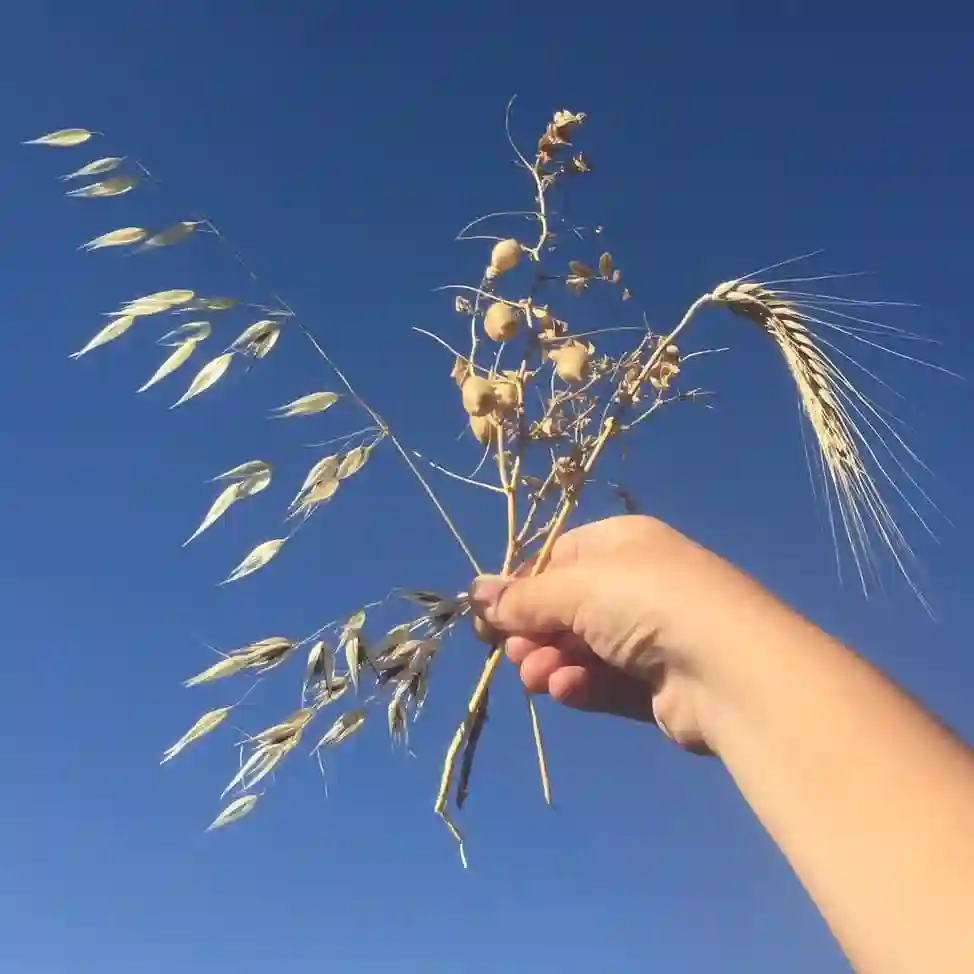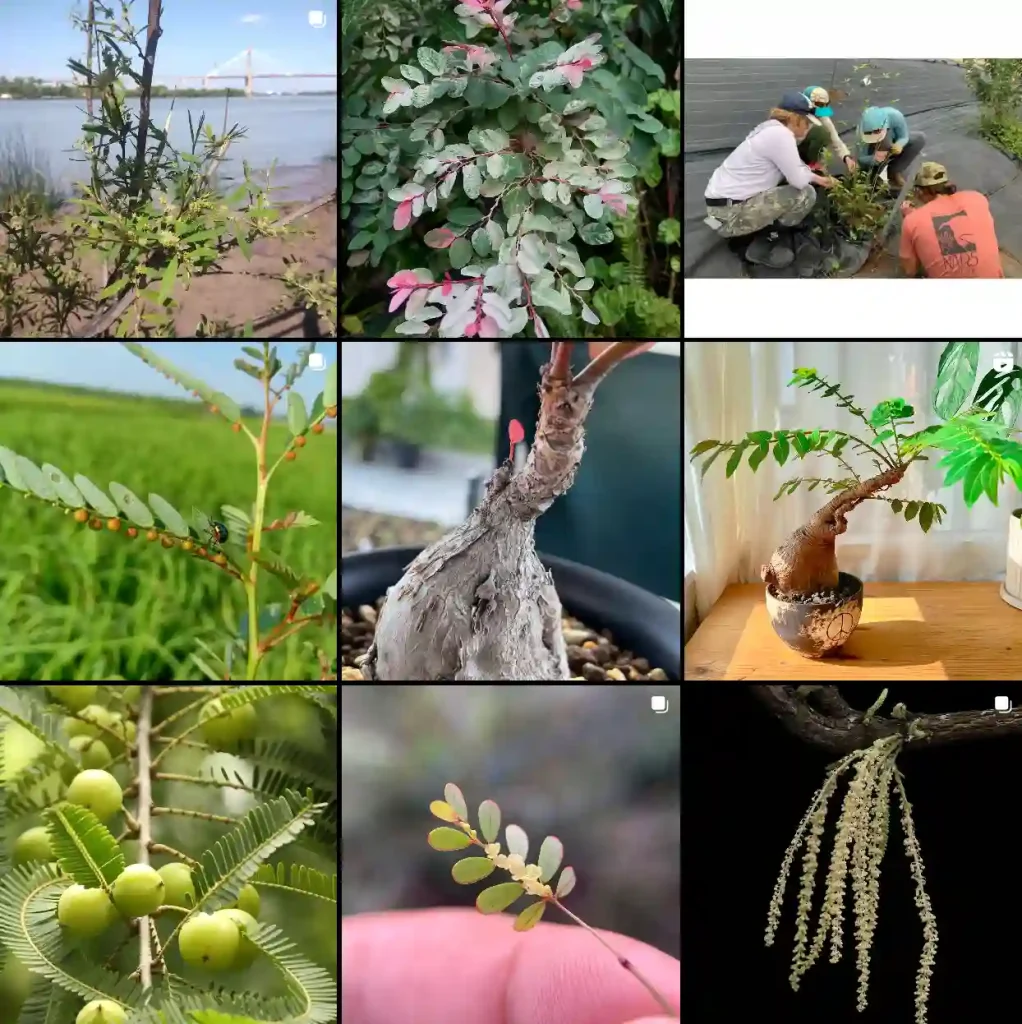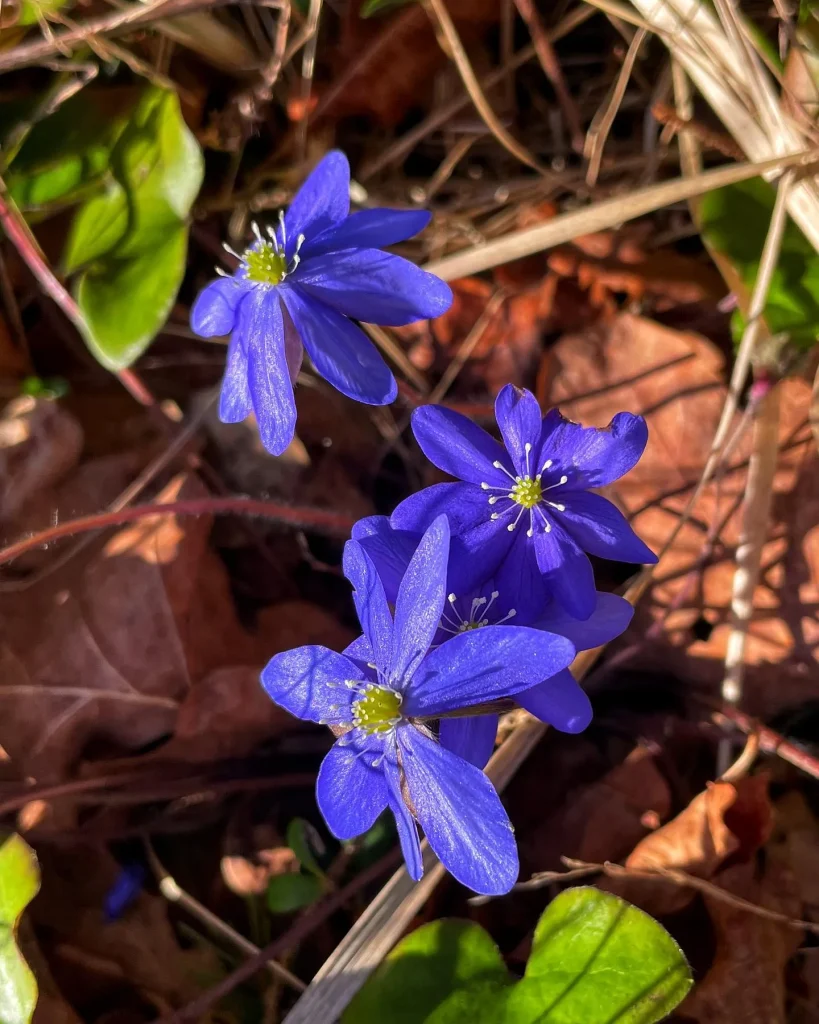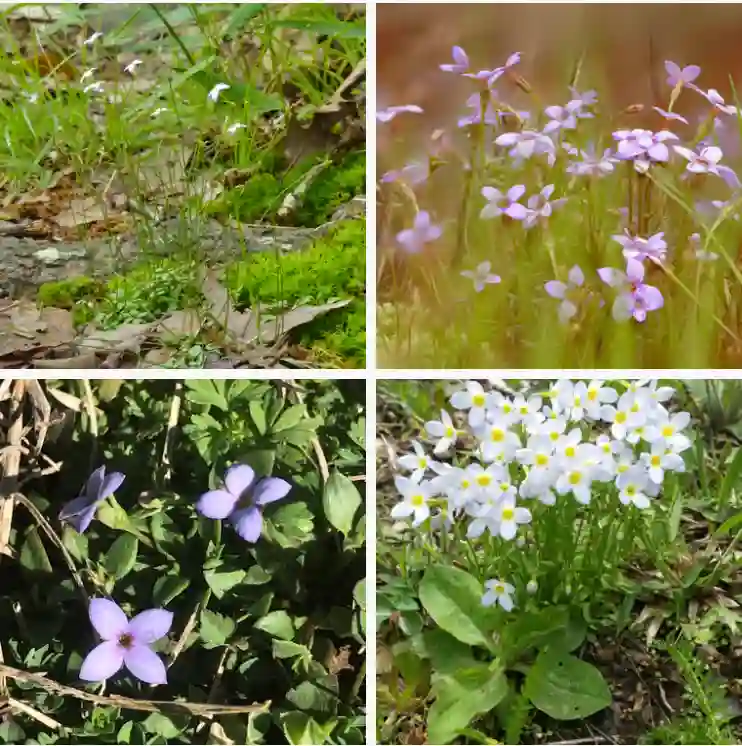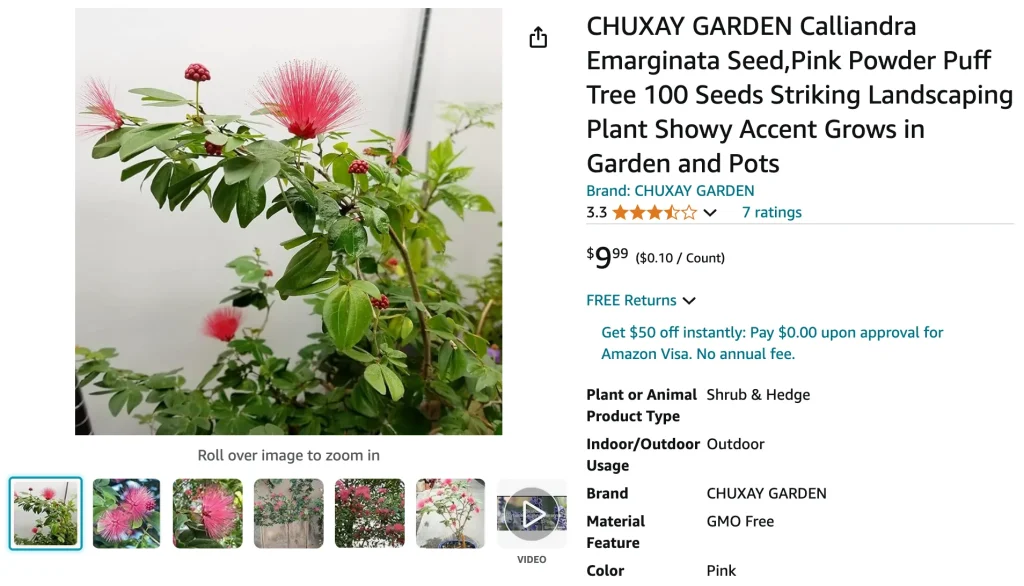
FAQs About Calliandra Haematocephala
If you’re diving into the world of Calliandra Haematocephala, also known as the Powderpuff Tree, you’re in for a treat. This striking plant is a favorite among gardeners and butterfly enthusiasts alike. Here, I’ll answer some common questions about Calliandra Haematocephala to help you get the most out of this beautiful plant.
151 Species in Genus Calliandra
What is Calliandra Haematocephala?
Calliandra Haematocephala, commonly known as the Powderpuff Tree, is a tropical plant renowned for its vibrant, pom-pom-like flowers. Native to Central and South America, this evergreen shrub or small tree boasts fluffy, bright red flowers that resemble powder puffs. The plant itself can reach up to 15 feet in height, with a dense canopy of green, pinnate leaves.
Is Calliandra Haematocephala a Host for Sulphur Butterflies?
Yes, Calliandra Haematocephala is indeed a host plant for Sulphur Butterflies. The bright flowers of the Powderpuff Tree attract these butterflies, which lay their eggs on the plant. The larvae then feed on the foliage, making this plant an important component of butterfly gardens. If you’re aiming to attract butterflies to your garden, including Calliandra Haematocephala can be a great choice.
How to Care for Calliandra Haematocephala?
Caring for Calliandra Haematocephala involves a few key practices:
- Sunlight: This plant thrives in full sun to partial shade. For best results, place it in an area where it gets at least 6 hours of sunlight per day.
- Watering: Keep the soil consistently moist but not waterlogged. During the growing season, water regularly, but reduce watering in the winter months.
- Soil: Plant Calliandra Haematocephala in well-draining soil. A sandy loam or loamy soil is ideal.
- Fertilization: Feed the plant with a balanced, all-purpose fertilizer once a month during the growing season.
- Pruning: Prune the tree to maintain its shape and remove any dead or diseased branches. Regular pruning helps encourage a fuller, bushier appearance.
How to Propagate Calliandra Haematocephala?
Propagation of Calliandra Haematocephala can be done through seeds or cuttings:
- From Seeds: Sow seeds in a well-draining potting mix. Keep the soil moist and warm until germination, which usually takes a few weeks.
- From Cuttings: Take 6-8 inch cuttings from a healthy plant. Dip the cut end in rooting hormone and plant it in a pot filled with a mix of sand and peat. Keep the soil moist and provide indirect light until roots develop.
What to Plant With Calliandra Haematocephala?
Calliandra Haematocephala pairs well with a variety of plants:
- Companion Plants: Consider planting it alongside other tropical plants like hibiscus, bougainvillea, or bird of paradise to create a vibrant, lush garden.
- Ground Cover: Add ground covers such as creeping thyme or sweet potato vine to complement the base of the Powderpuff Tree and enhance the garden’s visual appeal.
Can You Grow Calliandra Haematocephala Indoors?
Growing Calliandra Haematocephala indoors is possible, but it can be challenging. This plant requires plenty of sunlight, so a south-facing window is ideal. Ensure it has enough space to grow and that you can provide it with adequate humidity. Regular pruning will help keep it manageable indoors.
Is Calliandra Haematocephala Toxic?
Calliandra Haematocephala is not considered toxic to humans or pets. However, as with any plant, it’s a good idea to keep an eye on pets and children to prevent ingestion of any plant material, as it can potentially cause digestive upset.
Benefits of Calliandra Haematocephala
- Aesthetic Appeal: The vibrant flowers add a splash of color to any garden or landscape.
- Butterfly Attraction: It serves as a host plant for Sulphur Butterflies, making it a great addition to butterfly gardens.
- Shade: Its dense foliage provides excellent shade, making it useful for creating a cooling effect in hot climates.
Common Problems with Calliandra Haematocephala
- Pests: Watch for common pests like aphids and spider mites. Regular inspection and appropriate treatments can help manage these issues.
- Disease: Powdery mildew can sometimes affect this plant, especially in humid conditions. Ensure good air circulation and avoid overhead watering to reduce the risk.
Comparing Calliandra Haematocephala with Other Plants
Calliandra Haematocephala vs. Calliandra Brachypus: While both are members of the Calliandra genus, Calliandra Brachypus has smaller, pink flowers and a more compact growth habit compared to the larger, red blooms of Calliandra Haematocephala.
Calliandra Haematocephala vs. Hibiscus: Unlike Calliandra Haematocephala, Hibiscus plants have larger, solitary blooms and may require more water and nutrients. Both attract butterflies but have different growth habits and flower structures.
In summary, Calliandra Haematocephala, with its striking flowers and butterfly-friendly qualities, is a fantastic choice for a vibrant and lively garden. Whether you’re planting it for its beauty, its role in attracting butterflies, or its shade-providing properties, this plant is sure to make a statement in your landscape.
If i die, water my plants!
